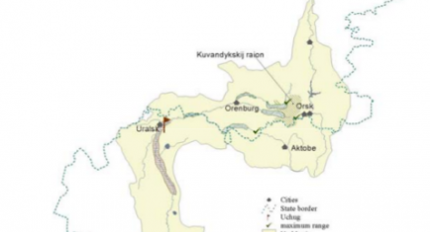Documents
This section features public documents and files uploaded by the stakeholders and custodians of the Caspian Sea environment.
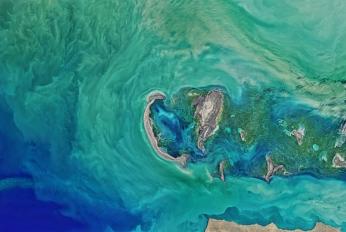 Booklet on the 20th Anniversary of entering into force of the Tehran ConventionThu, 17/07/2025 - 09:17This informational brochure is dedicated to the Framework Convention for the Protection of the Marine Environment of the Caspian Sea (Tehran Convention), signed in 2003 and entered into force in 2006, and the path it took from its origins to its formation and development, and presents in a short and systematic way a chronolo
Booklet on the 20th Anniversary of entering into force of the Tehran ConventionThu, 17/07/2025 - 09:17This informational brochure is dedicated to the Framework Convention for the Protection of the Marine Environment of the Caspian Sea (Tehran Convention), signed in 2003 and entered into force in 2006, and the path it took from its origins to its formation and development, and presents in a short and systematic way a chronolo
- Description
This informational brochure is dedicated to the Framework Convention for the Protection of the Marine Environment of the Caspian Sea (Tehran Convention), signed in 2003 and entered into force in 2006, and the path it took from its origins to its formation and development, and presents in a short and systematic way a chronology of events and activities under the Tehran Convention.
Prepared by the interim Secretariat of the Tehran Convention with the collaboration of the Convention’s Parties, this brochure includes contributions from individuals involved in the development and implementation of the Tehran Convention at various stages of its establishment and advancement.
The materials in this brochure are intended to foster understanding among the public and other stakeholders regarding the role of the Tehran Convention in preserving the marine and coastal environment and achieving sustainable development goals in the Caspian Sea region.
The presentation of the materials in chronological order shows the wide range and scope of the Convention’s thematic areas of activity and highlights its importance for solving environmental problems in the Caspian Sea region.The materials of the information brochure can be used by the authorities, the public, and other interested parties of the Caspian littoral states as information and reference material for wider familiarization with the Tehran Convention and its activities in the field of marine and coastal environment protection in the Caspian Sea region.
The Booklet in better quality in English and Russian languages is available here.
- Attached documents
- Metadata
- Year
- 2025
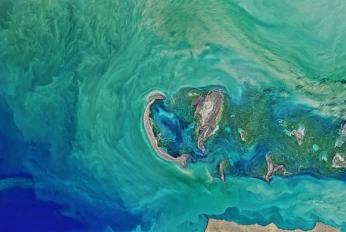 Strategic Convention Action Programme (SCAP)Mon, 20/02/2023 - 14:16In accordance with Article 18 (2) of the Tehran Convention, the Parties developed the Strategic Convention Action Programme (SCAP). The SCAP is a comprehensive, long-term agenda and framework for the implementation of the Tehran Convention and its Protocols over a period of 10 years. It was adopted at COP 2 in Tehran, Iran,
Strategic Convention Action Programme (SCAP)Mon, 20/02/2023 - 14:16In accordance with Article 18 (2) of the Tehran Convention, the Parties developed the Strategic Convention Action Programme (SCAP). The SCAP is a comprehensive, long-term agenda and framework for the implementation of the Tehran Convention and its Protocols over a period of 10 years. It was adopted at COP 2 in Tehran, Iran,
- Description
In accordance with Article 18 (2) of the Tehran Convention, the Parties developed the Strategic Convention Action Programme (SCAP). The SCAP is a comprehensive, long-term agenda and framework for the implementation of the Tehran Convention and its Protocols over a period of 10 years. It was adopted at COP 2 in Tehran, Iran, 10-12 November 2008.
- Attached documents
- Metadata
- Year
- 2008
 Rules of Procedure of the Tehran ConventionMon, 20/02/2023 - 14:10Rules of Procedure for the Conference of the Parties to the Framework Convention for the Protection of the Marine Environment of the Caspian Sea. Adopted at COP 2 in Tehran, Iran, 10-12 November 2008.
Rules of Procedure of the Tehran ConventionMon, 20/02/2023 - 14:10Rules of Procedure for the Conference of the Parties to the Framework Convention for the Protection of the Marine Environment of the Caspian Sea. Adopted at COP 2 in Tehran, Iran, 10-12 November 2008.
- Description
Rules of Procedure for the Conference of the Parties to the Framework Convention for the Protection of the Marine Environment of the Caspian Sea. Adopted at COP 2 in Tehran, Iran, 10-12 November 2008.
- Attached documents
- Metadata
- Year
- 2008
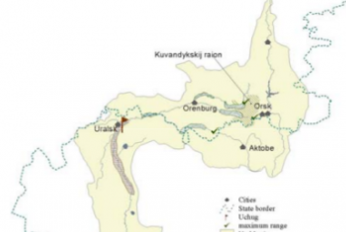 The Ural River Sturgeons: Population Dynamics, Catch, Reasons for Decline and Restoration StrategiesSat, 21/04/2018 - 11:06The Ural sturgeon yield-to-fishery relative to river discharge was the highest in the Caspian Sea till recently. The environmental conditions to secure natural reproduction are still satisfactory for successful sturgeon reproduction. However, nowadays the catch in all regional sturgeon species is negligible. The Ural sturgeo
The Ural River Sturgeons: Population Dynamics, Catch, Reasons for Decline and Restoration StrategiesSat, 21/04/2018 - 11:06The Ural sturgeon yield-to-fishery relative to river discharge was the highest in the Caspian Sea till recently. The environmental conditions to secure natural reproduction are still satisfactory for successful sturgeon reproduction. However, nowadays the catch in all regional sturgeon species is negligible. The Ural sturgeo
- Description
The Ural sturgeon yield-to-fishery relative to river discharge was the highest in the Caspian Sea till recently. The environmental conditions to secure natural reproduction are still satisfactory for successful sturgeon reproduction. However, nowadays the catch in all regional sturgeon species is negligible. The Ural sturgeon population dynamics are analyzed along with some anthropogenic and natural factors affecting them. It is argued that legal overfishing (including all legal means of fish removal), based upon (a) faulty estimations of sturgeon stock and catch limits and (b) inappropriate fishery policies are the principal reasons for the stock decline in the Ural. The maintenance of the natural reproduction in the Ural is considered to be the primary strategy for the stock replenishment. If used at all, artificial propagation should be used only as an additional secondary option exclusively at the historical sturgeon habitats upstream the Ural river and not in the river delta, where the hatcheries are located now. Transboundary cooperation of basin countries with active inter- national involvement is essential to prevent further deterioration of the situation. ***The attached copy is furnished to the author for non-commercial research and education use, including for instruction at the author’s institution, sharing with colleagues and providing to institution administration. Other uses, including reproduction and distribution, or selling or licensing copies, or posting to personal, institutional or third party websites are prohibited. In most cases authors are permitted to post their version of the chapter (e.g. in Word or TEX form) to their personal website or institutional repository.***
- Attached documents
- Metadata
- Year
- 2008
Document
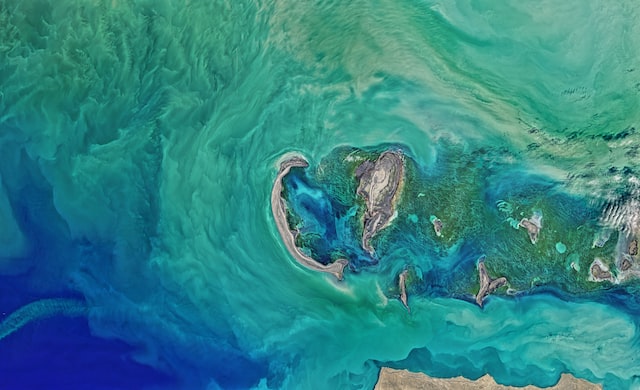
Booklet on the 20th Anniversary of entering into force of the Tehran Convention
Document
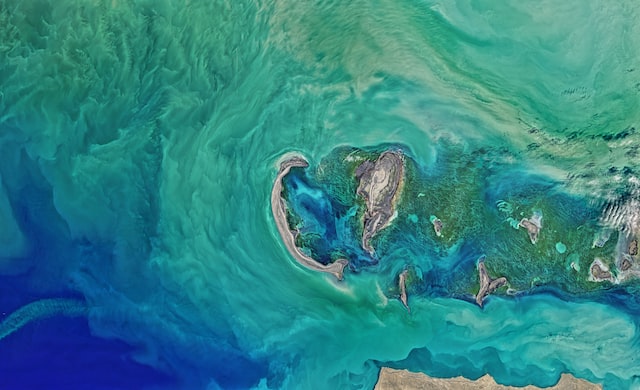
Strategic Convention Action Programme (SCAP)
Document

Rules of Procedure of the Tehran Convention
Document
